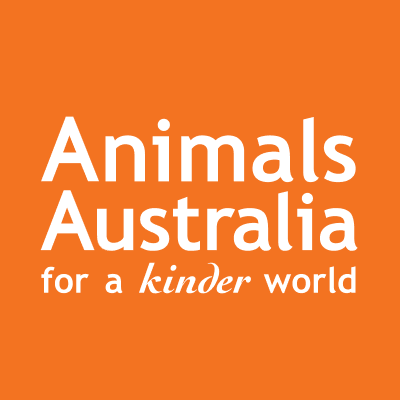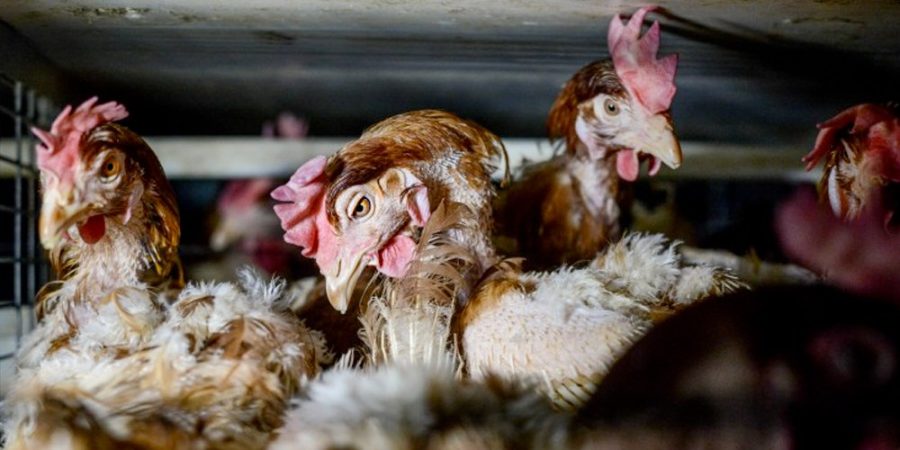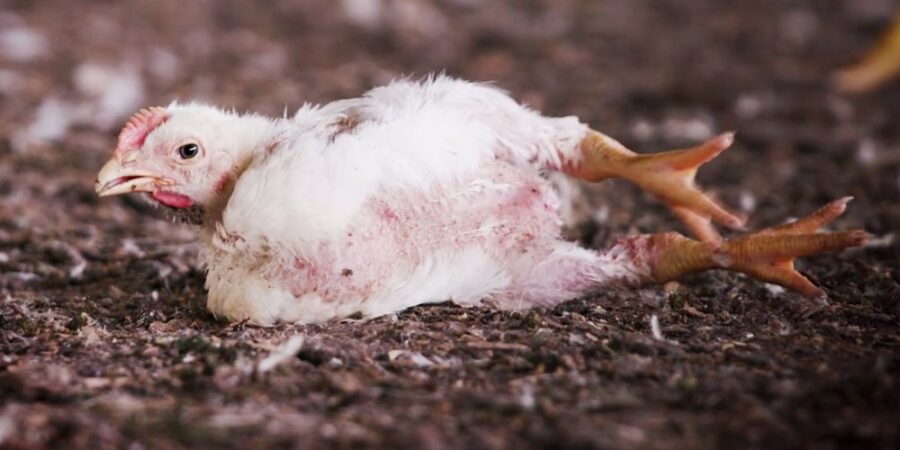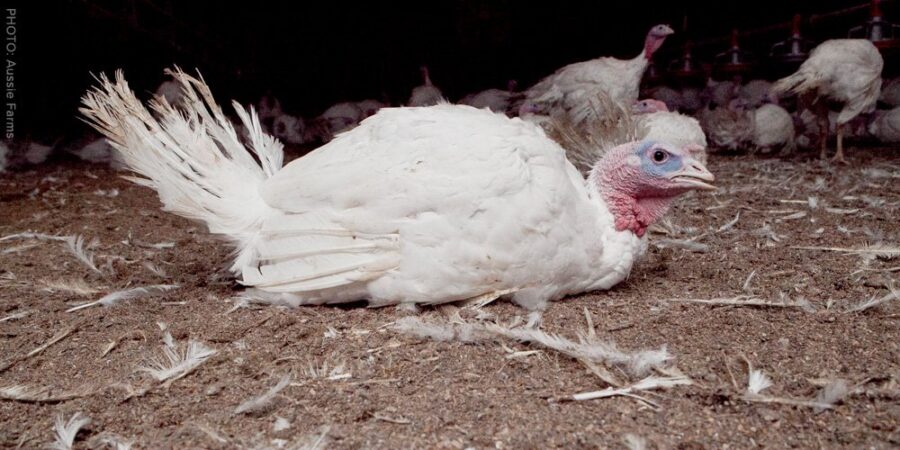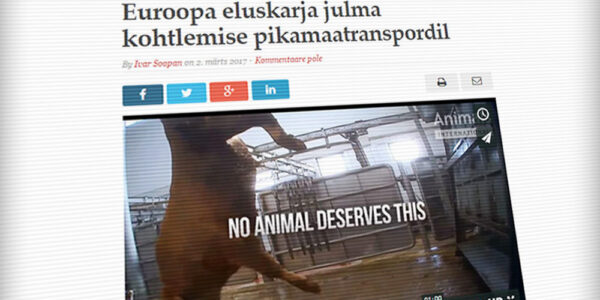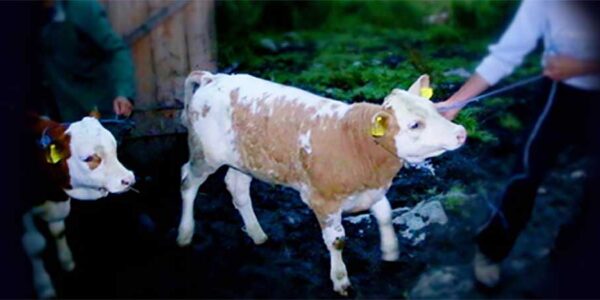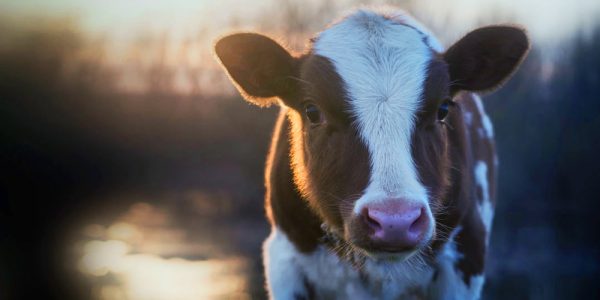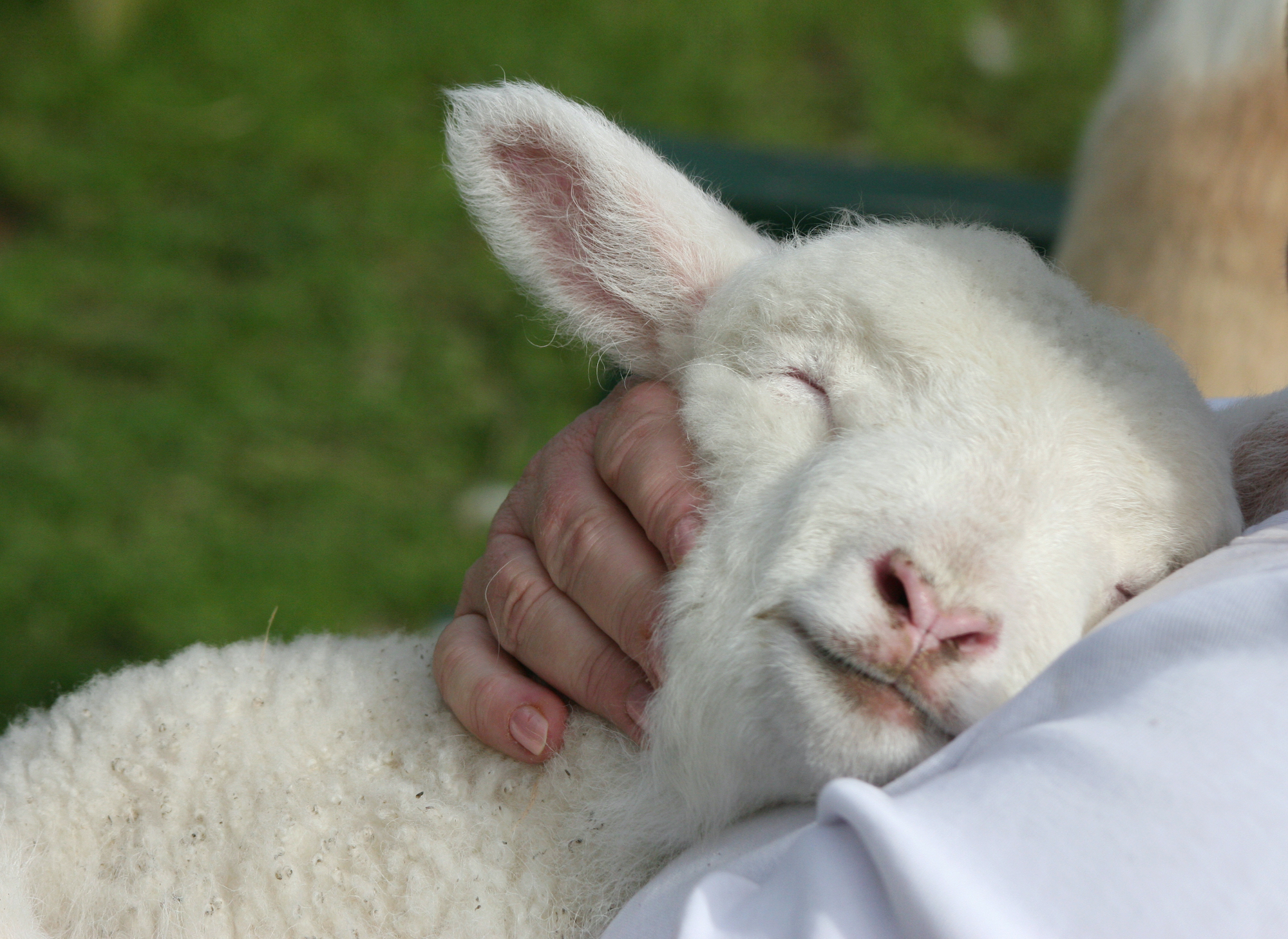The rules and regulations that define how Australian hens, chickens, ducks and other poultry are farmed have been reviewed and updated for the first time in nearly 20 years. A lot’s changed since the standards were originally created — from higher community expectations around the treatment of animals to the wealth of scientific evidence confirming the suffering inherent in factory farming.
Despite this — and despite a record-breaking public consultation — the new standards and guidelines adopted in 2023 by agriculture ministers from all states and territories, still fail to ensure all animals will have quality of life and protection from cruel treatment. Here’s how our laws are failing farmed birds.
1. Locking hens in cages
Cages are traditionally used as a punishment. To deny freedom. To control. The cage egg industry took this idea of confinement — and turned it into a business model. Every year, in Australia alone, some 5 million gentle hens are imprisoned in cages so small they can’t even stretch their wings. All so the cage egg industry can turn a bigger profit out of the smallest possible shed space.
The battery cage is without a doubt one of the cruellest farming devices ever invented. Typically, five or more hens are confined in each cage, in long rows of cages, and there are multiple rows also stacked vertically (sometimes up to six rows high) in these dim sheds. As newborn chicks the ends of their beaks are cut off to reduce aggressive pecking — a natural, frustrated response to the inability to walk and forage, or even to escape from cage mates trying to establish a (literal) ‘pecking order’.
Once in the cages, these hens are forced to stand, sleep and lay their eggs on a wire mesh floor that can damage their feet, break their claws and rub off their feathers, exposing their sensitive skin.
Though ‘domesticated’ over many generations, a hen’s natural instincts never leave her. Roosting, building a nest and laying in private, foraging and dust-bathing: these are the simple and essential pleasures that the cage egg industry denies hens. And if that wasn’t bad enough, the lack of exercise — combined with a serious depletion of calcium due to constant egg laying — weakens their bones and means 4 in every 5 hens suffer from the crippling bone disease osteoporosis. Studies have also revealed that many caged hens suffer from metabolic fatty liver disease, and live in chronic pain, sometimes for months, with untreated broken bones.
After 18 months of this deprivation and pain, egg-laying hens — whose natural lifespan is some 12 years — are trucked to the slaughterhouse. They may go their whole lives without ever having seen the sun.

